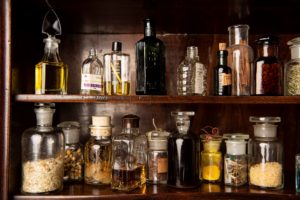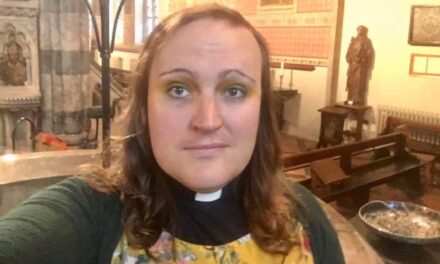On May 30, i.e. from noon tomorrow, the Grand Abbey of Pannonhalmi welcomes visitors with special, free programs on the occasion of the opening of the country's first Perfume Museum.
It has been the home of the Benedictine monks since the Pannonhalm Archabbey was founded in 996. Their most important tasks include education, pastoral care, support for the sick, poor and downtrodden, and medicine. Over the centuries, the cultivation of medicinal plants, from which the monks prepared medicinal products, became an essential tool for this. Ointments, oils and decoctions - each plant had its appropriate use, so the Pannonhalmi Abbey, as a place practicing hospital medicine, was able to heal patients with its own preparations.
The first surviving written abbey record of medicinal herbs dates back to the second half of the 1600s, and the first collection of medical recipes dates from the Baroque era. On the basis of surviving medieval recipes, herbal preparations are still being produced in Pannonhalma, we can also find medicinal preparations, cosmetics and perfumes.

The idea of Hungary's first Fragrance Museum comes from the popularity of the many medicinal herbs found here and the cosmetics made from them. Accordingly, the museum would like to present the applied technology and production processes, in addition to providing a detailed description of the five most important herbs grown on Pannonhalma. In addition to the botanical characteristics of lavender, sage, lemongrass, peppermint and thyme, visitors can also learn how these herbs have been used over the past centuries.
The aim of the Perfume Museum is to present the seven special and significant fragrances of perfumery, their history and use, by presenting seven perfumed Among the scents, we find two scents of sacred origin, these are incense and myrrh. It also includes two animal-derived scents, ambergris and musk, which are now synthetically produced. These scents are typically linked to the Old Testament, the other base scents are more related to the New Testament. The rose is a classically Christian-inspired symbol that reminds us of martyrdom and the wounds of Christ, and is also a perfume and fragrance base material that typically represents a feminine line in the fragrance world. In addition to being the first raw material for European perfume production, rosemary also has an exciting history. Róbert Károly's wife, Queen Elisabeth, was the first to have an alcoholic-water extract made from rosemary, which the queen used externally for its aroma, and also consumed for its health benefits. The product, referred to as Magyar Királyné Vize, was known and popular throughout Europe, and was used both as a medicine and as a perfume.
The Perfume Museum also presents the characteristic and exotic scent world of patchouli, which was one of the most popular scents in the Victorian era, and then gained huge popularity again in the 1960s, becoming a well-known bourgeois scent.













